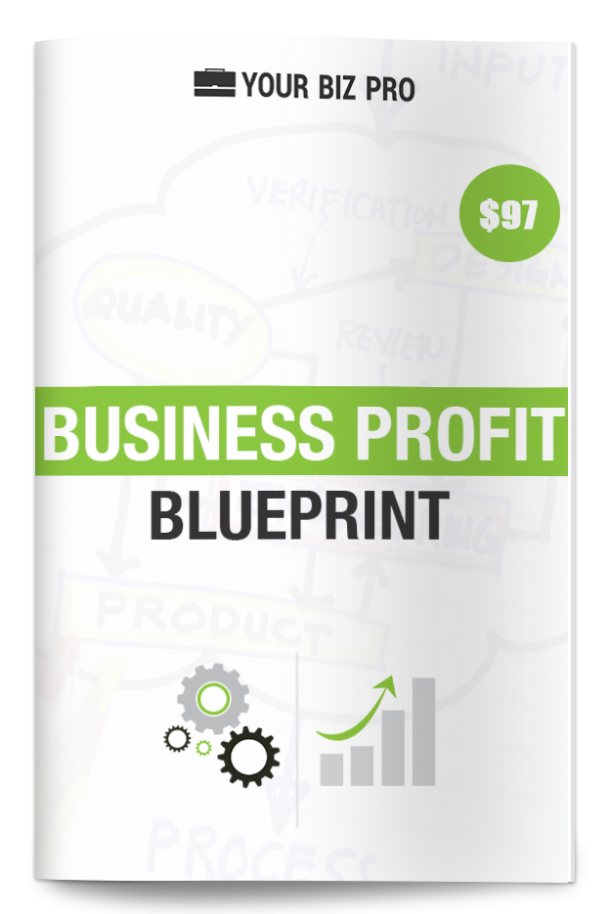Before investing in a product and launch, you need to make sure there is a market that is big enough to support your goals.
For example, the US government market can be roughly broken down into federal and state & local. Federal can be further broken down into military and civilian, and so on.
Same goes for industries: there is the overall market, and that should be broken down into the smallest relevant niches possible. End use consumers are the same way.
Your target market is not “everyone”. The more you can break it down to a specific niche, the more appropriate your product will be for the audience, the easier it will be to get your message in front of them, and the more your message will resonate with them.
Here are some places to find relevant data (# 13 is one of my favorites for consumer products):
1. Government Spending:
Governments are public entities required to publish data about their spending.
Great sites for info on federal spending are:
a. www.gsa.gov for info on what the government is planning to purchase or buys regularly. You can register as a contractor to sell to the government here: https://www.uscontractorregistration.com/local-contracts-register/
b. https://www.whitehouse.gov/omb explains how the federal budget is broken down which provides info on the market sizes.
c. State government info is on each state’s site, and they follow the format www.xy.gov where XY is the two letter state code (ex. NJ = New Jersey)
2. Extensive data on the US Population, education and more is available at: www.census.gov . This site has really expanded its offerings.
3. Data on manufacturing, international trade and more is available at www.commerce.gov/economicindicators
4. Data on employment by occupation and more is at: www.bls.gov .
5. If you have a local business (or plan one), income by zip code can be found here:
http://www.irs.gov/uac/SOI-Tax-Stats-Individual-Income-Tax-Statistics-ZIP-Code-Data-(SOI)
6. Industry associations for the market you are targeting often compile data and do research for their members. Some of this information is made available to the public on the internet, sometimes you have to join the association. Other times it is available for a reasonable fee.
7. Professional associations for a segment of the workers in the market/industry you are targeting. The Piano Tuners Guild or the National Association of Music Merchants might have useful information if your company sells products that may be used by piano makers or players, for example.
8. Associations of a wider group of people whose job titles would make them the decision makers in your target market may have some data on the size, number and value of the various markets populated by people who do that type of work. For example, both the federal and state governments in the US have CIO associations (www.cio.gov , and www.nascio.org ).
9. Tradeshow groups. The groups or organizations that organize the trade shows for an industry always have data on the attendees and markets. Sometimes, these are the Industry Associations mentioned in item 2, but not always.
10. Market Research companies. Pre-packaged detailed reports are available for purchase about many industries. However, sometimes the summary information provided to encourage the purchase will have sufficient relevant data to help you determine whether or not a market holds enough promise to investigate further and will provide clues to additional information sources. The larger firms will also perform custom research on a contract basis, which can be worth the expense if you have already decided upon a target, need depth of knowledge quickly, and can clearly focus the research. www.frost.com , www.forrester.com , and www.juniperresearch.com , are a few examples of the resources available.
11. Business, financial, and trade publications and periodicals often compile useful data to support a story or point of view, or to otherwise provide value to their customers. Whenever you are reading business or trade publications, capture potentially useful data for future reference. Most major publications are also available on line, such as www.forbes.com , www.bloomberg.com , www.entrepreneur.com and www.inc.com . Exploring the content online is a fast way to decide on areas you would like to explore further, and most offer RSS feeds so you will be automatically alerted of new content of interest to you.
12. Keyword data and Online Shopping Results are also good indications of a market size. If there are a lot of people searching for specific keywords related to your product, and there is significant competition for those keywords, that may imply a strong market. Similarly, if similar products on Amazon.com and other shopping sites (including retailers) have thousands of reviews and several best sellers, that implies strong sales volume. Also check out reviewer sites and popular blogs for the target market. The more you see products like yours (or the problem you solve for that market) being mentioned, the better.
13. Set up a Facebook advertising account, and input the interests, locations, and other criteria for your target market. Their system will estimate the market size.
14. Industry analyst reports (most publicly traded companies or business sectors have industry analysts – you can find them on Yahoo Finance, etc).
15. Annual reports of public companies in the market.


